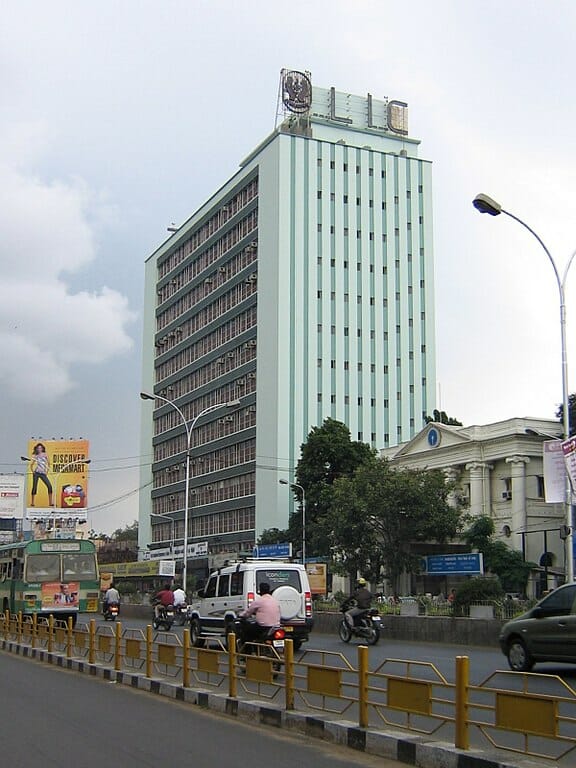Government-owned built heritage in Chennai seems to have never had it so good. All over the city, many Indo-Saracenic structures are getting much-needed restoration and if not that, at least a facelift. In the last decade or so, there has certainly been a change in attitude as far as the authorities are concerned over the built heritage of the colonial kind. And this is to be welcomed.
It is certainly not the happy ending as far as the battle to preserve heritage is concerned but it is undoubtedly progress.
The question remains, will this influence private players and more importantly Government undertakings to also preserve the heritage they own? Or can the Government at least work towards making this happen?
Read more: Photos: Exploring Chennai’s forgotten heritage in Chintadripet
Conservation of state-owned heritage structures in Chennai
All over the city, heritage structures owned by the State are seeing restoration exercises. Work on Chepauk Palace seems to be nearing completion going by the blood-red coat of paint it is now doused with. That will hopefully fade with time to a more acceptable shade but what is important is that conservation seems to have been done on scientific lines.
VP Hall is under scaffolding and long-promised restoration is underway. In our last issue, we reported on how Rajaji Hall is to be restored at a cost of Rs 17 crores.
The Government has since followed that up with an announcement that it plans to renovate the TANUVAS building in Vepery.
Last heard, even the Mint Building was supposed to be restored.
A crucial factor in all these restorations has been the trained team that the Public Works Department has developed in-house for such projects.
There has therefore been heightened sensitivity and while purists may not agree with all that is done in the name of conservation, there is doubtless a sincere effort to see that old structures are preserved.
Read more: Can heritage walks spur heritage conservation in Chennai?
Private heritage structures in Chennai face neglect
All this stands in sharp contrast to what is happening to heritage edifices that belong to Government undertakings and private owners. Take the Bharat Insurance Building for instance. It has remained a roofless shell for over a decade now.
The LIC is unwilling to take up restoration and is awaiting the eventual collapse of the building.

The SBI seems to have abandoned its Rajaji Salai premises after a fire that happened several years ago. This building and its neighbour, the GPO, seem to cry out for attention and stand in sharp contrast to the gleaming Metropolitan Magistrate’s Court and the First Line Beach police station.
Are the LIC and SBI lacking in funds?
Educational institutions fare no better. The Pachayappa’s College in Chetpet is in a bad way but even worse is the condition of the old college building on NSC Bose Road.
The record of private players is terrible. Demolition and redevelopment seem to be the only policies in place.
Unlike the Government, which in a way has a duty to maintain the heritage in its possession, private players, unless supremely enlightened, view their buildings as so much real estate. And they cannot be blamed for this either. There are no rewards or recognitions in place for heritage conservation.
In such a scenario, why should any structure that occupies valuable land be protected? The Government has long been talking about the Transfer of Development Rights for those in possession of heritage buildings. It is high time this is brought into play. It can make an enormous difference in protecting privately built heritage.
The ensuing demand for conservation will also ensure that artisans and engineering professionals will once again turn their attention to traditional methods of construction. This in turn will mean we don’t copy Western techniques that are alien to our weather conditions and ventilation requirements.
Is the Government willing to take this step?
[This article has been republished with permission from Madras Musings where it first appeared. The original piece can be read here.]